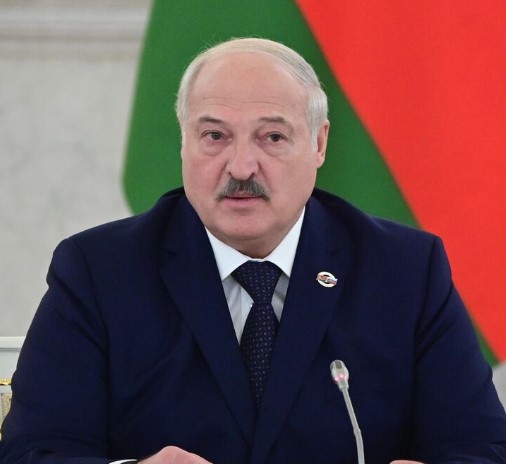Poland's Egg Exports: A Global Lead by 2030

 Express-tests PIONER 5 in1 for the determination of thiamphenicol, meloxicam, colistine, trimethoprim, sulfonamides
Express-tests PIONER 5 in1 for the determination of thiamphenicol, meloxicam, colistine, trimethoprim, sulfonamides PIONEER MEIZHENG BIO-TECH (5 in1) JC0871/ Rapid tests for the determination of the residual amount of β-lactams, tetracyclines, chloramphenicol, streptomycins, ceftiofur in milk, whey.
PIONEER MEIZHENG BIO-TECH (5 in1) JC0871/ Rapid tests for the determination of the residual amount of β-lactams, tetracyclines, chloramphenicol, streptomycins, ceftiofur in milk, whey.
Forecasts and Realities
KIPDiP analysts predict that the share of Polish eggs in global trade could exceed 20% by 2030. This is due to growing demand for high-quality and safe food products , as well as the expansion of production capacity in the country. Unlike the Netherlands, which relies heavily on imports for its exports, almost 100% of Polish eggs are domestically produced . As Katarzyna Gawrońska, President of KIPDiP, notes, if net exports (the difference between exports and imports) are taken into account, Poland could become the undisputed leader in this field.
Market Competitors
In addition to Poland and the Netherlands, the top five largest exporters of fresh chicken eggs include CHINA , Turkey , and the United States . China, despite significant production volumes, faces domestic problems, such as outbreaks of poultry diseases, which may limit its EXPORT potential. Turkey and the United States are also actively developing their export programs, but Poland is increasing its volumes and product quality every year.
Geography of Production:
The main egg-producing regions in Poland are concentrated in the central and southern parts of Wielkopolska, as well as in northern Masovia. These regions enjoy favorable climate conditions and developed agricultural traditions, which contribute to the high quality of their products. This year, Polish producers intend to declare Śrąda Wielkopolska the "capital of Polish poultry farming," where the Polish version of World Egg Day will be held . This event will highlight the achievements of Polish farmers and showcase their high production standards.
Innovation and Sustainable Development:
Poland is also actively implementing innovations in egg production, including the use of modern technologies to improve poultry welfare and increase their productivity. Sustainable Development andAnimal welfare is becoming a key consideration for Polish producers, allowing them to not only meet international standards but also stand out from the competition.
Taking all factors into account, Poland has every chance of becoming a leading player in the global egg market by 2030. Sustainable growth, high product quality, and innovative production approaches create a solid foundation for further development. it is important for Polish producers to continue investing in technology and compliance with standards, which will allow them not only to maintain but also to strengthen their position on the international stage.




























































